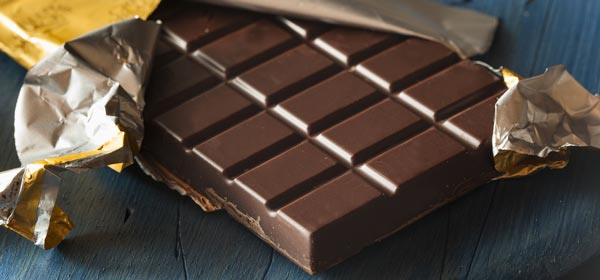How much do you really know about caffeine? Apart from being a simple ‘upper’, caffeine stimulates or excites the brain and nervous system. There is no nutritional benefit to caffeine and while many of us like a hot cup of joe to start our day, we may be consuming more caffeine than we realise.
Here are five surprising sources of caffeine.
1. Tea
Unless you’re drinking herbal tea, you’re consuming some quantity of caffeine. Black tea, green tea, oolong, jasmine, white and iced tea will all give you a caffeine buzz, even if you don’t realise it. Even decaf tea has a small quantity of caffeine. If you really want to avoid caffeinated tea, stick to tea made from herbs and flowers, i.e. peppermint, chamomile, ginger and rooibos.
2. Decaf coffee
Drinking decaf doesn’t mean you’re going caffeine-free. Each cup of decaf coffee contains a small amount of the stimulant. It all depends on the type of coffee you drink (instant, drip-brewed, espresso), but 10 cups of decaf coffee roughly equates to one cup of regular coffee.
3. Medicines
Some medicines even contain caffeine. Two tablets of Panadol Extra contain 130mg of caffeine. To put that in perspective, one cup of long black coffee contains 253mg. Curious about your drugs? Check the ingredients label to find out if you’re ingesting hidden caffeine.
4. Soft drinks, energy drinks and other drinks
It’s well known that cola and energy drinks contain quite a lot of caffeine. Even the decaf versions contain some. What you may not know is that fruit-flavoured soft drinks, some ginger beer, lemon-lime-flavoured soft drinks and sports drinks also have caffeine. Turns out even flavoured bottled water has it!
5. Chocolate
It’s not just the sugar that gives you an energy kick. Chocolate (including any chocolate-flavoured foods and drinks) have caffeine. As a general rule, the darker the chocolate, the more caffeine it contains.
Related articles:
How to cut down on caffeine
Could too much sleep be killing you?
Foods for a healthier gut

